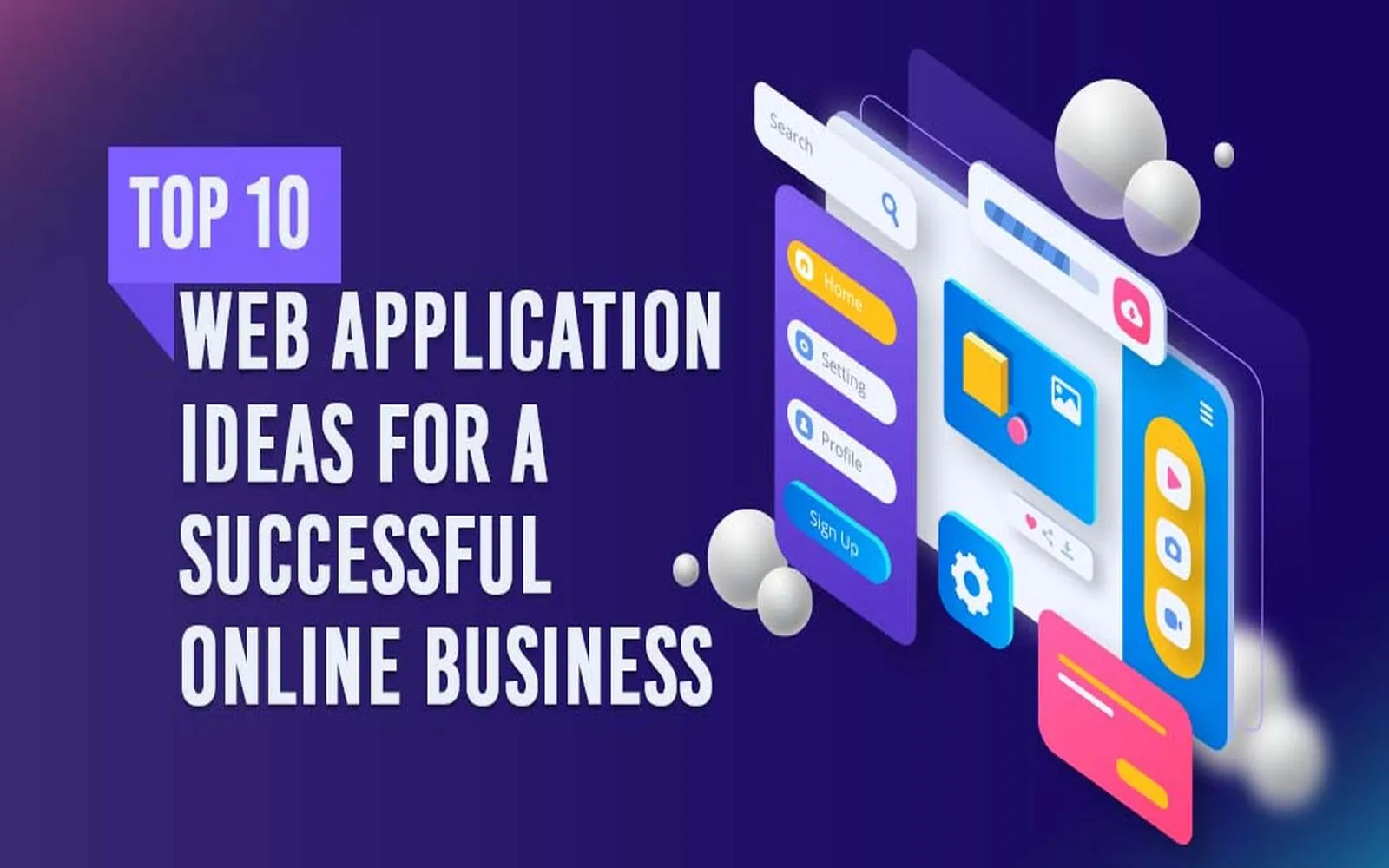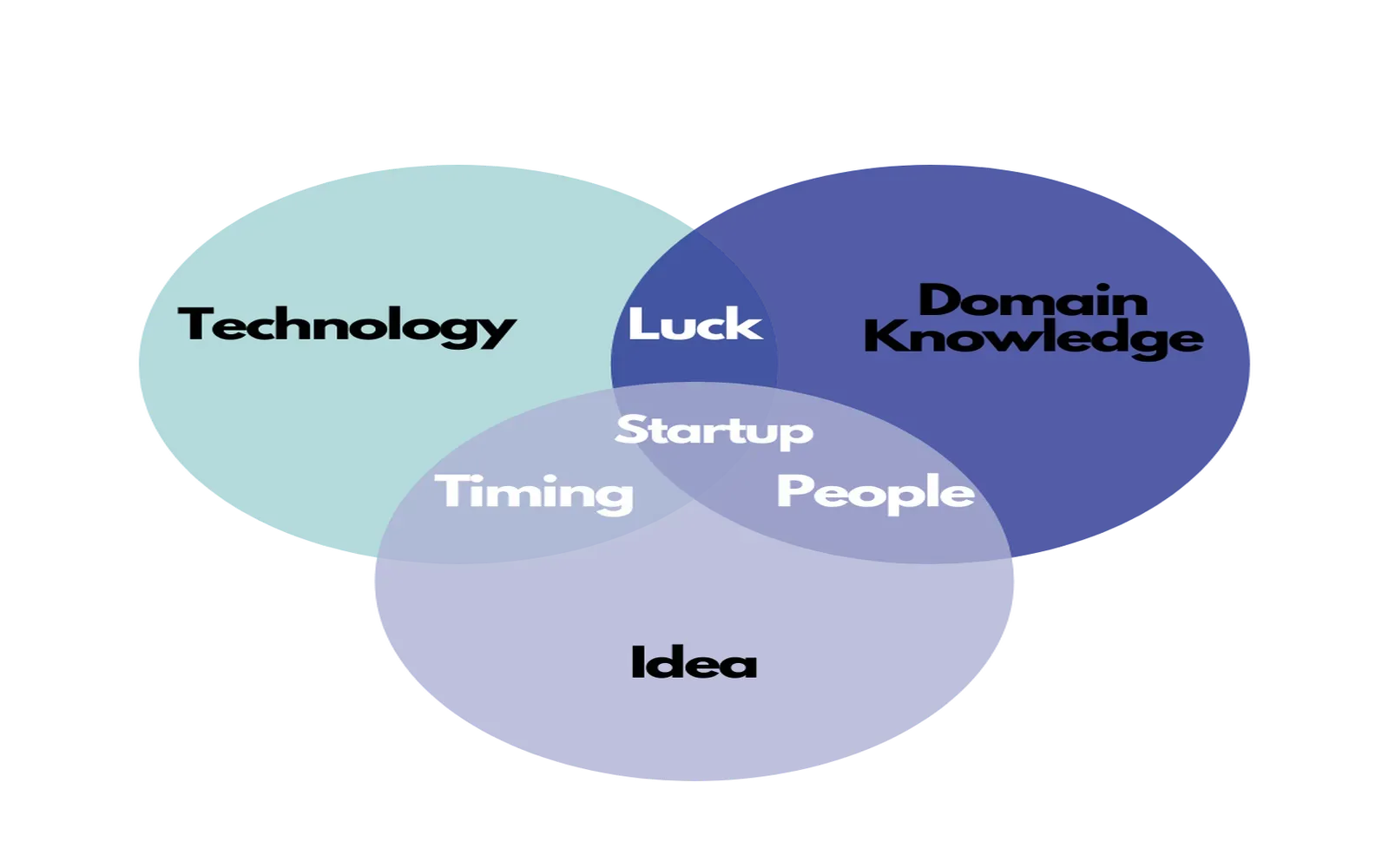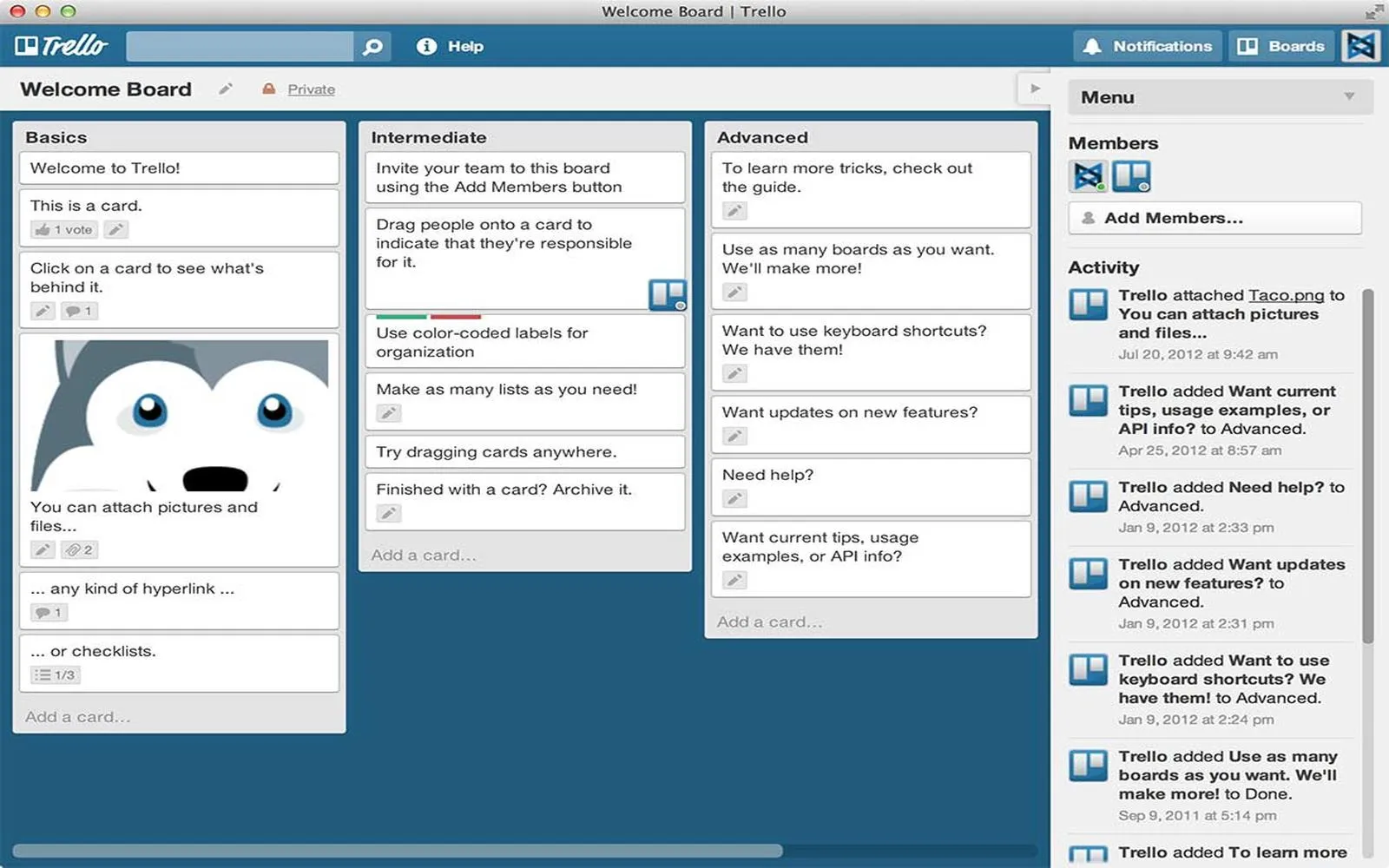Understanding the Hybrid Work Model
The hybrid work model combines remote and in-office work, allowing employees to choose where they work. This flexibility can lead to increased productivity and satisfaction. However, implementing a hybrid work model requires careful planning and execution to ensure that all employees feel included and engaged.
Assess Your Current Work Environment
Before implementing a hybrid work model, it is crucial to evaluate your current work environment. Consider the following factors:
- Employee preferences: Conduct surveys to understand how employees feel about remote and in-office work.
- Technology: Assess your current technology infrastructure to ensure it can support a hybrid model.
- Collaboration needs: Identify which teams require more in-person collaboration versus those that can work remotely.
Establish Clear Policies and Guidelines
Developing clear policies helps set expectations for both employees and management. Here are some essential guidelines to include:
- Work schedule flexibility: Outline core working hours and availability expectations.
- Communication protocols: Define how teams should communicate, whether through chat, email, or video conferencing.
- Performance metrics: Establish clear performance indicators to evaluate productivity in a hybrid setting.
Invest in the Right Technology
To facilitate a successful hybrid work model, investing in the right technology is vital. Consider the following tools:
| Type of Tool | Examples | Purpose |
|---|---|---|
| Collaboration Tools | Slack, Microsoft Teams | Enhance team communication and project management. |
| Video Conferencing | Zoom, Google Meet | Facilitate virtual meetings and presentations. |
| Project Management | Trello, Asana | Track tasks and project progress efficiently. |
| Cloud Storage | Google Drive, Dropbox | Allow easy access to files from any location. |
Foster a Culture of Trust and Accountability
In a hybrid work model, trust becomes a cornerstone of productivity. Here’s how to foster a culture of trust:
- Empower employees to take ownership of their work and deliver results rather than micromanaging their daily tasks.
- Encourage open communication where team members feel comfortable sharing their challenges and successes.
- Recognize and reward contributions, whether in-office or remote.
Provide Training and Support
Implementing a hybrid work model may require additional training for employees and managers. Consider offering:
- Workshops on effective remote communication and collaboration.
- Training on productivity tools and software.
- Support resources for mental health and well-being, as remote work can sometimes lead to feelings of isolation.
Encourage Regular Feedback and Adaptation
Establishing a feedback loop is crucial for the success of a hybrid work model. Regularly solicit feedback from employees about their experiences and make adjustments accordingly. Here are some strategies:
- Schedule regular check-ins to discuss challenges and successes.
- Conduct anonymous surveys to gather honest feedback.
- Be open to making changes based on employee input to improve the model continuously.
Monitor Employee Engagement and Productivity
It is essential to monitor employee engagement and productivity in a hybrid work setting. Implement tools that can help track these metrics effectively.
| Metric | Tool | Description |
|---|---|---|
| Employee Engagement | Officevibe | Measure employee satisfaction and engagement levels. |
| Productivity Tracking | Toggl | Track time spent on tasks and projects. |
| Collaboration Effectiveness | Microsoft Teams Analytics | Analyze team collaboration and communication patterns. |
Conclusion
Implementing a hybrid work model can significantly enhance employee satisfaction and productivity when done thoughtfully. By assessing your current environment, establishing clear policies, investing in technology, fostering a culture of trust, providing training, and continuously seeking feedback, your organization can successfully navigate the transition to a hybrid work model. Embrace this new way of working to attract and retain top talent in today's competitive landscape.





